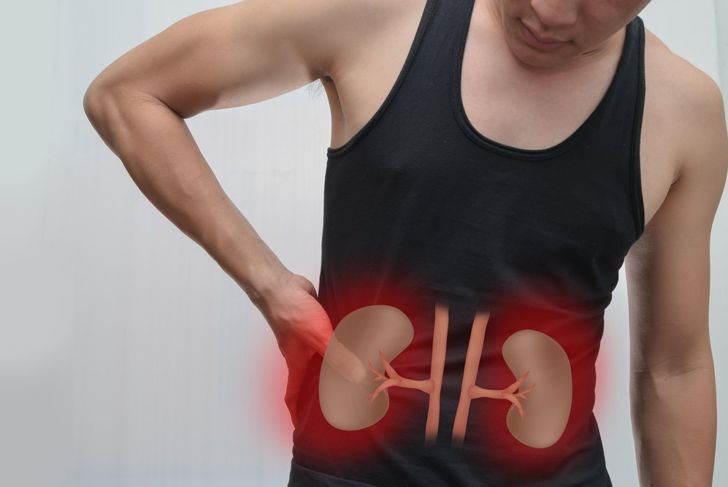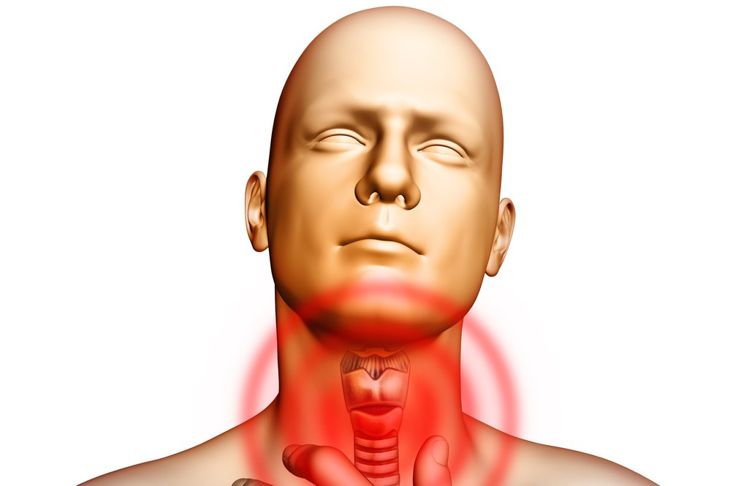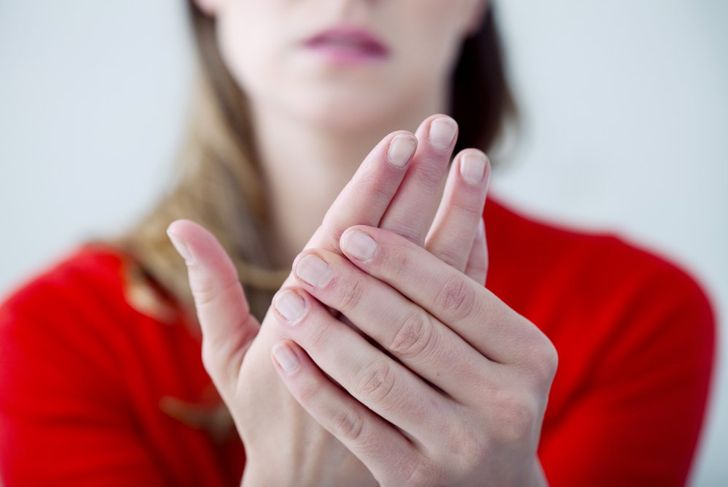Lupus is a chronic autoimmune disease that affects many body systems and thus produces a range of symptoms. Women between the ages of 15 and 45 are the most commonly diagnosed demographic, though men and children can be diagnosed with this condition, too. Medically, lupus is not well-understood beyond the qualities that classify it as an autoimmune disease: the immune system is unable to distinguish between healthy tissues and harmful foreign bodies; consequentially, it produces auto-antibodies that destroy vital body tissues. The disease is marked by flare-ups followed by periods of relative calm with few or no symptoms.
Skin Rash
One of the most distinctive signs of lupus is a rash on the face. The scaly, red outbreak spreads across the nose and cheeks, often signaling the onset of a flare-up. Sometimes the rash occurs in the aftermath of sunlight exposure, though this is not the only cause. This so-called butterfly rash is the most common characteristic of lupus, but the disease can also cause other, non-itchy lesions elsewhere on the body. Rarely, lupus triggers hives and photosensitivity.
Extreme Fatigue
Fatigue is a very common symptom in people with lupus. In many cases, fatigue is not reliant on mental or physical exertion of any kind. Instead, the person feels sluggish during the day, regardless of sleep or activity. Doctors do not have a proven explanation for why lupus causes fatigue, but 90 percent of people with the condition experience it. Strangely, even when more severe symptoms pass after a flare-up, fatigue often persists.
Unexplained Fevers
Lupus can cause low-grade fevers with no other symptoms and can be an early sign that leads to a diagnosis. However, because the fevers rarely exceed 101 degrees Fahrenheit, people who experience them may not seek medical attention. Fever has a variety of causes. The most common is when the immune response to an infection. However, autoimmune diseases like lupus can cause a fever, too, since the body is attacking its own tissues as though they were foreign. Anyone experiencing recurring fevers should talk to a doctor.
Hair Loss
Lupus may be responsible for hair loss due to inflammation of the scalp, usually presenting as thinning over time, as well as brittle strands that have lost their volume. In some cases, people with lupus may lose their hair in clumps. Losing more than the average 100 strands of hair per day is excessive hair loss and needs evaluation. Though lesions that may develop on the scalp can prevent hair growth, some people with lupus do experience regrowth once they begin treatment for the disease.
Renal Problems
More than 40 percent of people with lupus experience nephritis, inflammation of the tubes in the kidney that filter the blood and make urine. Nephritis occurs when the dysfunctional immune system attacks these tissues, leading to inefficient filtering of the blood and waste removal. The consequences of this issue include blood in the urine, high blood pressure, swelling in the limbs, and pain on one side of the body. Though the symptoms may be mild to begin with, prompt treatment for nephritis is vital to prevent complications such as kidney failure.
Changes in Metabolism
In some cases, lupus disturbs the function of the thyroid, which produces hormones that determine the body’s metabolic rate. The most common symptoms stemming from damage to the thyroid arechanges in metabolism due to thyroid hormone fluctuations. Some people with lupus experience sudden weight gain or loss. Other signs of thyroid malfunction are dry skin, dry hair, constipation, depression, sensitivity to cold, fatigue, and mood swings.
Raynaud’s Phenomenon
Raynaud’s phenomenon is often associated with lupus. This disorder causes the constriction of small blood vessels in localized areas like the fingers, toes, and the tip of the nose. As a consequence, these body parts change color when exposed to cold or stress. They may turn white, blue, or grey and then red as the area warms up again. This symptom does not necessarily indicate lupus, as many conditions can cause Raynaud’s phenomenon, including thyroid and blood disorders and pulmonary hypertension.
Chest Pains and Labored Breath
Pulmonary symptoms such as inflammation of the lungs and diaphragm can also develop due to lupus. Inflammation in these areas causes chest pain upon inhalation and can lead to shortness of breath. Regardless of whether lupus or another condition is causing recurrent chest pain or trouble breathing, anyone experiencing these symptoms should see a doctor.
Joint Aches and Inflammation
Given lupus’ ability to cause widespread inflammation, it is not surprising that pain and swelling in the joints can develop in people with the disease. Unfortunately, rheumatological inflammation is difficult to diagnose properly, especially in older individuals who may develop these symptoms for any number of reasons, including arthritis. When young and middle-aged people experience joint discomfort, doctors may consider lupus more quickly.
Other Signs and Symptoms
There are many more signs and symptoms of lupus than those listed here, including gastrointestinal problems, muscle pain and osteoporosis, anemia, seizures, and depression. In many cases, a sign or symptom will persist for a time and then be replaced by another. Doctors are more likely to consider and test for lupus if a person is exhibiting a range of symptoms rather than a single sign. It is essential to report all symptoms to a doctor, regardless of their perceived relevance.

 Home
Home Health
Health Diet & Nutrition
Diet & Nutrition Living Well
Living Well More
More




















